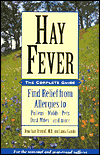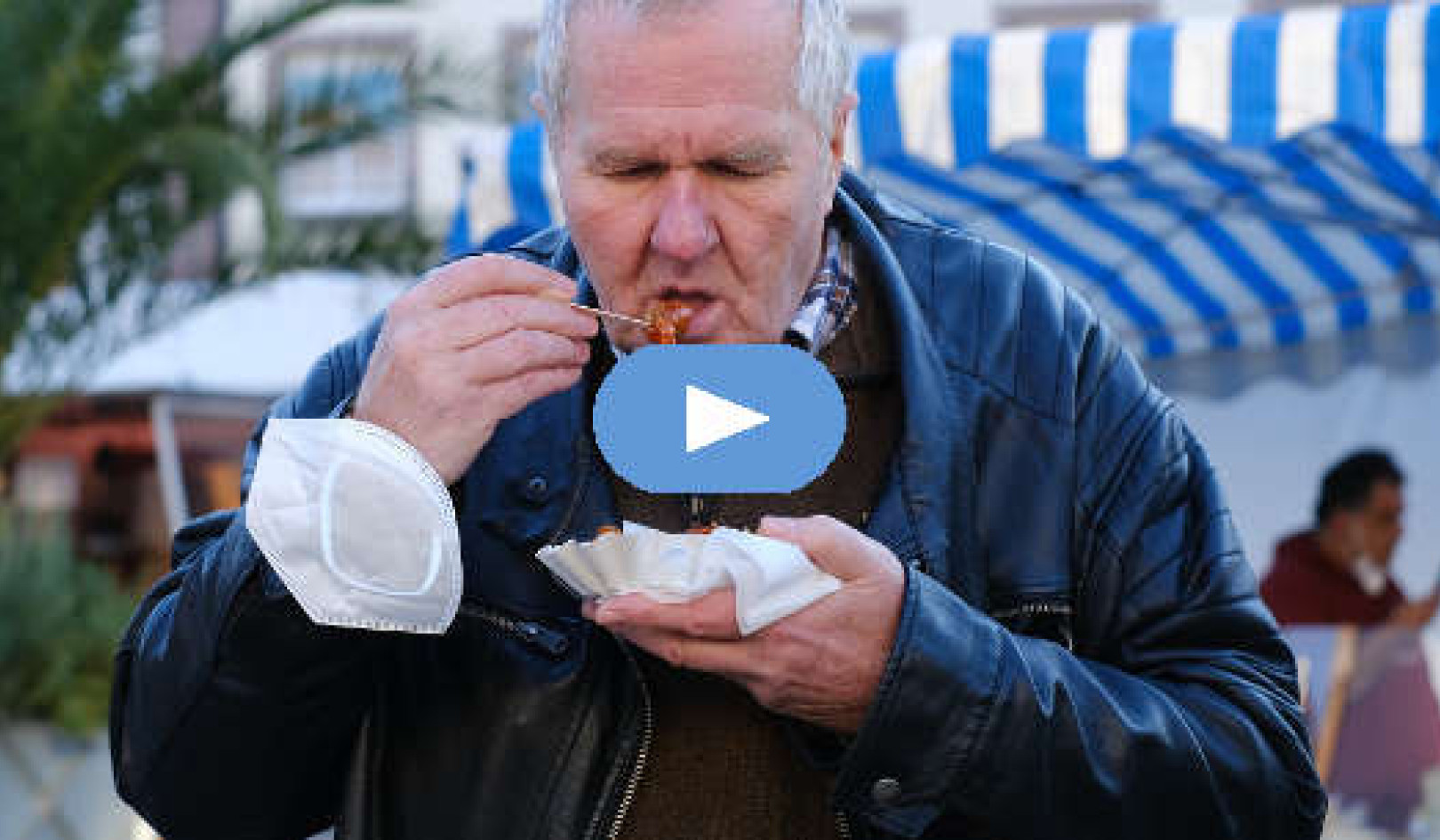
Most people want a better life for their children, and those with severe hay fever will surely hope that their children can be spared the same fate. Unfortunately, you cannot take any measures that will guarantee a hay fever-free future for your child, but you can reduce the chances that he or she will develop the same disease.
To try and prevent hay fever alone is not a logical approach, however. What is passed on from parent to child is a general tendency to allergy, called atopy. Your children will not necessarily inherit this allergic pre-disposition, but if they do, it could appear in a variety of ways — as eczema, for example, or perennial rhinitis, asthma, or food allergy.
If you have hay fever, there is a slightly greater chance that your children (if atopic) will have hay fever rather than one of these other allergic diseases, but it would make no sense to take precautions against hay fever alone. For this reason, the measures outlined here are those that will minimize the chance of allergic reactions in general, not just reactions to pollen.
What Are The Odds That A Child Will Inherit Allergic Tendencies?
What is the chance of your child inheriting the allergic tendency? It is impossible to say exactly, but where one parent has allergies, the child has roughly a 20 to 40 percent chance of developing them. The chance is higher if it is the mother who is allergic. Where both parents have allergies, the figure is 40 to 60 percent, but higher if it is the same type of allergic reaction in both — that is, both have asthma or both have hay fever. For these children the risk is 60 to 80 percent. Where neither parent has allergies but one of their children does, then a new baby has a 25 to 35 percent risk. Should there be a large number of other close relatives with allergies, you can assume that the risk is higher.
You need to make a rough assessment of the risk to your baby, hearing all these factors in mind, and then decide just how careful you should be in protecting the child from allergens. Few people will feel able to take all the precautions described here, but do what you can.
There is a test that can be done at birth. Some blood is taken from the umbilical cord and the amount of IgE is measured. IgE is the antibody that plays a key role in allergy, and a high level indicates that the child is definitely at risk. This test is not done routinely, but if you ask the hospital, it may be possible to arrange. Blood tests for IgE can also be carried out on the baby after birth. A high level of IgE would indicate that it was worth taking the more difficult measures described here.
Some advance planning is helpful in allergy avoidance, and it is valuable to start thinking about the matter well before you get pregnant. (However, there is still a great deal you can do if you are pregnant as you read this, or even if the baby has already been born.) The most crucial period for allergy prevention is from birth to about one year of age. Reducing exposure to allergens during this time can drastically reduce the risk of allergies. One recent study, which employed only some of the measures described here, saved two out of three susceptible children from developing allergies in their first year of life.
Measures To Take Before Becoming Pregnant
 First, you can try to plan the timing of your child's birth. There is some evidence that being born during or just before the pollen season increases the risk of hay fever. The effect is strongest for tree pollens, notably birch, but it may also be a factor in allergy to grasses and ragweed. Low-risk months are those just after the pollen season. High-risk months are the season itself and two to three months beforehand. It seems that babies are most vulnerable to sensitization by pollen in the first three to six months of life.
First, you can try to plan the timing of your child's birth. There is some evidence that being born during or just before the pollen season increases the risk of hay fever. The effect is strongest for tree pollens, notably birch, but it may also be a factor in allergy to grasses and ragweed. Low-risk months are those just after the pollen season. High-risk months are the season itself and two to three months beforehand. It seems that babies are most vulnerable to sensitization by pollen in the first three to six months of life.
Should your plans not work out at all and the baby is born at the worst time of year, then you could consider using an air cleaner or other measures, which would at least reduce the pollen levels indoors.
Another aspect of planning is to make sure you do not move or under-take major structural work just before the birth. A remarkable number of parents fall into this trap by realizing that they will need more living space only after the baby is conceived. The hazards of renovation include the stirring up of house dust, which contains a rich variety of allergens, and the release of many mold spores into the air. There are ways of partially combating these hazards, by using air cleaners and cleaning up carefully but it is much better not to create the problem in the first place. Plastering or laying concrete floors will establish a reservoir of water in the house that continues to ooze moisture into the air for up to a year afterward. This affects both new and renovated houses. If you have already gotten into this situation and the baby is due during the autumn or winter, a dehumidifier may be the only option to keep down the humidity. Moisture promotes the growth of both molds and dust mites.
Should your house be suffering from damp penetration or condensation, sort out such problems as soon as you can. Bringing a baby home to a severely damp house is taking an unnecessary risk with its health.
Mothers who smoke should stop before becoming pregnant. Smoking has a variety of bad effects on an unborn child, but one of them is to increase the risk of allergies. Since there must be no tobacco smoke in the house once the baby is born, it is as well for the father to give up at the same time.
Finally, mothers with allergies should also bear in mind other risks to the baby. If you suffer from asthma, it is important that you get the best possible treatment for it during pregnancy.
Reprinted with permission of the publisher, Healing Arts Press.
©1993,2002 www.InnerTraditions.com
This article was excerpted with permission from the book:
Hay Fever: The Complete Guide: Find Relief from Allergies to Pollens, Molds, Pets, Dust Mites, and more,
by Dr. Jonathon Brostoff & Linda Gamlin.

The authors explore all the issues of respiratory allergies, including the links between asthma and hay fever and the related issue of preventing allergies in children. They also discuss the role of food allergies and allergens and review the common myths surrounding them. The most effective treatments, both drug-based and homeopathic, are analyzed and weighed against one another. Helpful Appendices offer a summary of the causes, symptoms, and possible treatments for hay fever as well as various sources for further information.
About the Authors
Jonathan Brostoff, M.D., is Professor Emeritus of Allergy and Environmental Health at King's College in London and an internationally recognized authority on allergies.
Linda Gamlin was trained as a biochemist and worked in research for several years before turning to scientific writing. She specializes in writing about allergic diseases, the effects of diet and the environment on health, and psychosomatic medicine. Together they have coauthored Food Allergies and Food Intolerance and Asthma.

























